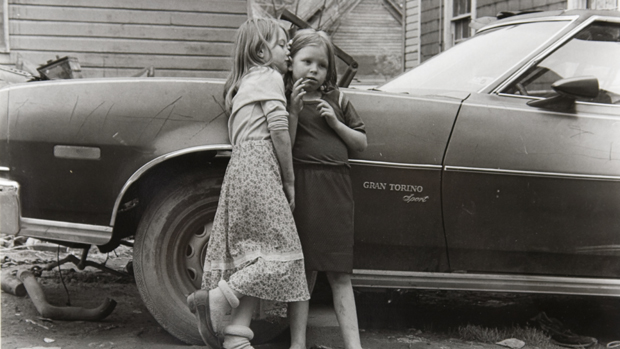
The Southern Foodways Alliance and Sarah Isom Center are partnering to host “Cabbagetown: a Retrospective on Space and Place” at the Powerhouse on Thursday, March 19th at 7:00 p.m. This event is free and open to the public.
In Atlanta, beginning in the latter half of the nineteenth-century, Cabbagetown was a  working-class enclave centered around the textile industry. Its inhabitants were largely Appalachian migrants employed by the Fulton Bag and Cotton Mill. In 1978 the Mill closed, but many descendants of the original workers continued to call the neighborhood home as property in the area was sold off by the city.
working-class enclave centered around the textile industry. Its inhabitants were largely Appalachian migrants employed by the Fulton Bag and Cotton Mill. In 1978 the Mill closed, but many descendants of the original workers continued to call the neighborhood home as property in the area was sold off by the city.
 By the early 1990s, the neighborhood had become an important hub for struggling artists and musicians. Atlanta bands such as Smoke, Opal Foxx Quartet, the Rock*A*Teens, and singers like Cat Power’s Chan Marshall and Kelly Hogan were participants who actively helped shape the city’s alternative music scene.
By the early 1990s, the neighborhood had become an important hub for struggling artists and musicians. Atlanta bands such as Smoke, Opal Foxx Quartet, the Rock*A*Teens, and singers like Cat Power’s Chan Marshall and Kelly Hogan were participants who actively helped shape the city’s alternative music scene.
The neighborhood’s long historical narrative exposes how social, economic and cultural forces produce demographic change. In a space like Cabbagetown, one disenfranchised group can replace another. Dislocation and invisibility are often the byproducts of the process of gentrification. With each neighborhood transformation complex issues of class, gender, sexuality, race, and foodways intersect to produce the shifting face(s) of place.
The evening line-up includes a photography exhibit by Oraien Catledge (a native Mississippian documented the Cabbagetown neighborhood and its people from the late 1970s through the early 1990s), a themed food tasting by Corbin Evans of Oxford Canteen, and a screening of the documentary Benjamin Smoke (2000), which is an intimate exploration of the band Smoke and its members. Smoke member Bill Taft will appear live to perform his music. Poet Caroline Young, a longtime member of the community, will read. Geographer Edward H. Davis, co-author of the forthcoming book Collards: A Southern Tradition from Seed to Table, will discuss foodways and place, focusing on the humble ingredient that gave Cabbagetown its name. ![]()


